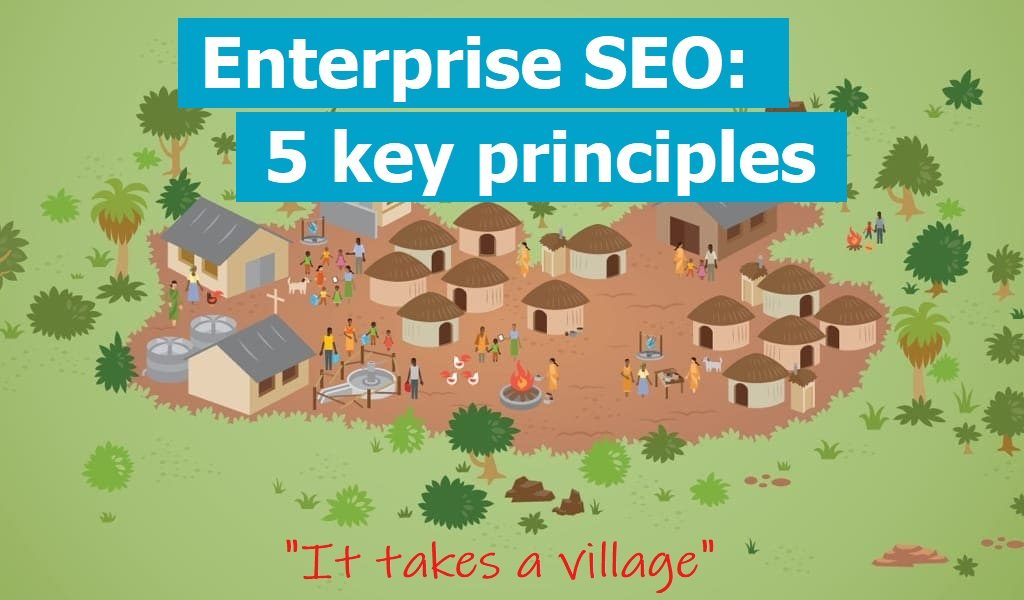
Organic search is partially science, and partially art, but in a large organization – it takes more than the fundamentals of building a SEO program compared to a smaller company. In some cases of a large organization, there are over 20-30 individuals working on the website and however small the contribution of that individual, it might take down the SEO program. Read more as to the case I have seen!
It takes a village to build and sustain a successful SEO program!
-Eric Ewe
I had the privilege of leading the SEO program at Microsoft and during that tenure, the SEO fundamentals were important from devising the strategy to planning, and debugging coding to link/content building. However, what is not widely published is the fact that you cannot be successful at developing the SEO program without an army of people that supports the website.
[Actual] Case and Point:
Issue: Organic search traffic mysteriously fell off the cliff by over 5% for specific sections of the website for a Top 50 Global website. The % might not be high, however the daily visits and revenue generated impact could easily be more than an average e-Commerce website generates in a week.
Debugging & fix: As the website ran on two different CMS, we discovered that one of the CMS injected additional code (meta name=”robots” content=”noindex, nofollow”) for all of the pages that it published. Upon peeling the some of the layers back, it was inadvertently done by web developers that were testing a new feature.
Instill these 5 key principles
These are 5 principles to develop when working on an enterprise SEO program:
1. PEOPLE FIRST
Being an expert in your field and at your organization is great, but never assume that everybody knows SEO. Focus on your audience and when interacting with peers outside of your immediate SEO team, come down to their level in terms of the language used, to making more time to explain the dynamics of SEO. Focus on talking to them in laymen’s terms, and avoid technical jargon that might be common in the search industry.
2. AWARENESS THRU EDUCATION
It is imperative to increase the awareness, understanding, and impact of SEO to the organization. This applies to the immediate marketing team, and also to the larger extended team that have an interaction with. Increasing the SEO acuteman for the larger team will have tremendous impact as it builds a common language and skillset that will be the base for all employees that touches the website. Conducting brow bags, sending out monthly e-updates about the program and holding lunch-and-learns are great ways to better socialize the program.
3. DATA DRIVEN DECISIONS
After addressing the audience and driving awareness, provide quantitative data to steer the project and conversation. Ensure that the data you are presenting is reliable and universal across different business groups as different teams might be utilizing a different data source. When data is used to prioritize projects (and show progress), it reduces the friction that might arise from different priorities originating from other teams.
4. AMPLIFY WITH ADVOCATES
Build an army of SEO Advocates outside of your immediate team by identifying key stakeholder and invest in building a strong relationship with those key individuals. This will in turn convert that Advocate into an unpaid spokesperson and a champion for the SEO program within their group. These advocates can help with socializing and influencing the importance of SEO within their team and drive awareness about the program.
5. WASH, RINSE, REPEAT
Develop a process framework to address four pillars of SEO and sprinkle in these principles along so that you are able to scale the SEO channel within the organization. While developing your framework, be sure to leave room for testing, process improvement and also breathing room to address external factors such as search algorithm updates, industry shift and competitive landscape changes.